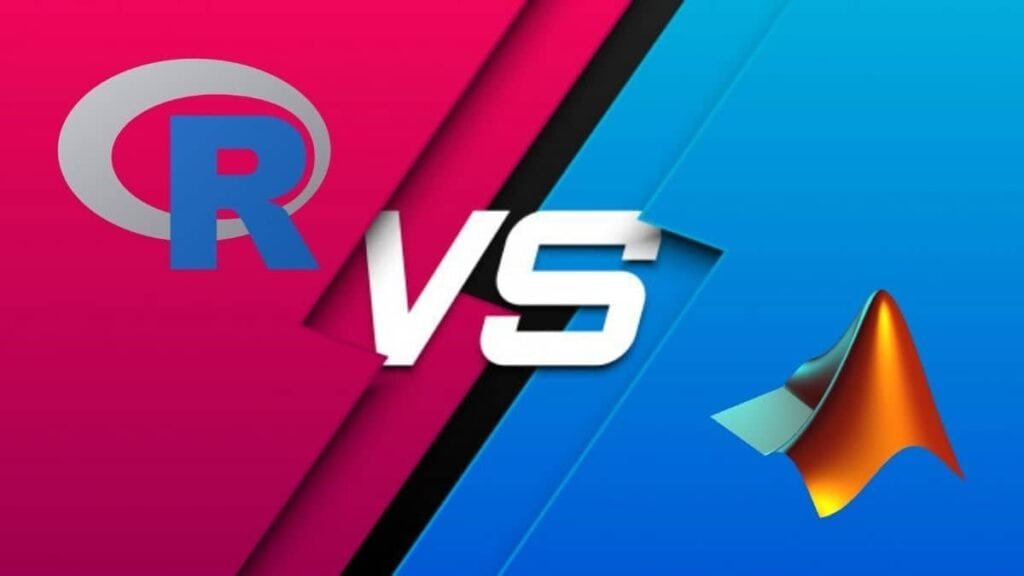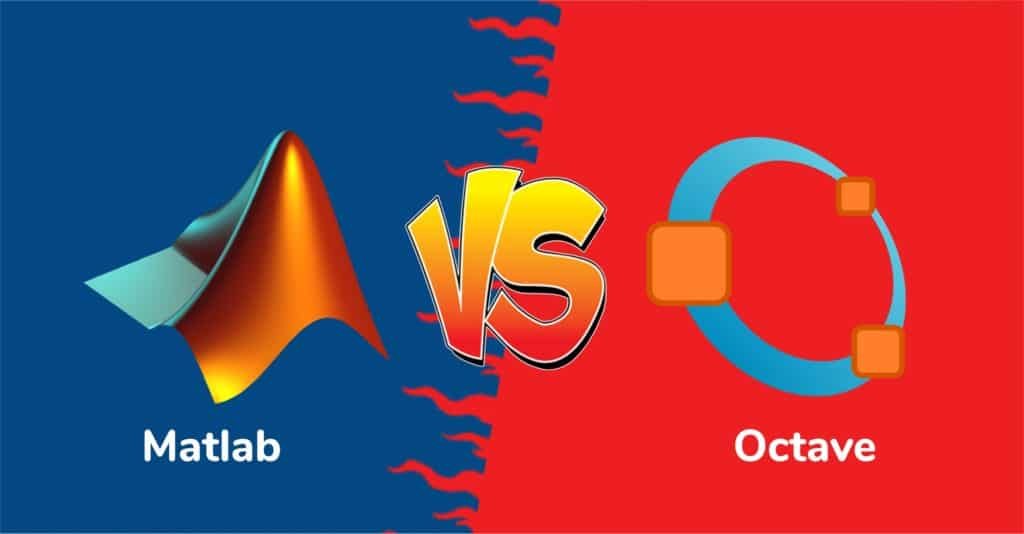“Python has the most simple syntax!”– This is what we generally hear from the number of Python users. ISN’T IT!! Yes, in reality, Python is considered the beginners’ programming language. It means a person without prior knowledge of Python can easily learn this language. But are you the one who is using Python 2? If yes, then let me clear to you that Python 3 offers more significant and simpler syntax than Python 2.
Yes, you read it right! Apart from this, 71.9% of projects were accomplished using Python 2 in 2016. But in the year 2017, this statistical figure dropped to 63.7%. The reason for the same is considering that Python users switched to Python 3 version because it offers more syntax simplicity than Python 2.
Find all this interesting? Get a quick guide about the difference between Python 2 and 3 below.
Top statistical facts about Python 2 and 3
Table of Contents
- A quick look at the PyPI package downloads reveals that over 5.5 billion packages for Python 2.7 have been installed in the previous six months.
- If you take a quick look at Stack Overflow, you can notice that the Python 2.7 category has received over 4000 inquiries.
Difference between Python 2 and 3: Google trends
From the graph, you can see that Python 3 is more demanding as compared to Python 2. But still, Python 2 successfully maintains its popularity among its users. At the end of the year 2020, the Python 3 popularity decreased. It signifies that it is always better to learn Python 2. Other reasons to learn this version are:
- For a DevOps engineering career, you need to work with configuration management technologies like ansible or puppet. You’ll need to work with both of these versions in this case.
- Python 2 is the only option if your development team is working on a project that relies on certain third-party libraries or software that you cannot transfer to Python 3.
- If your company’s software is developed in Python 2, you’ll need to learn how to use it.
What is the major difference between Python 2 and 3?
The key difference is that some objects will need to import from various places because Python 2 and Python 3 have different names. That is why the six compatibility package is an important tool for combining Python 2 and Python 3 code into a single project.
Library: Difference between Python 2 and 3
Python 2 and Python 3 are considerably different in terms of libraries. Many Python 2 libraries are no longer compatible with Python 3. The Python 3 library developers have high standards and have improved the Machine Learning and Deep Learning libraries.
Unicode Support in Python 2 and 3
The open() method in Python 2 returns an ASCII text string when you open a text file. The same open() method in Python 3 produces a Unicode string. Unicode strings have a wider range of applications than ASCII strings. If you wish to save ASCII strings as Unicode in Python 2, you must append a “u” to the end of the string.
Python 2 example:
Python 3 example:
There are two types of objects that may use to represent a string in Python 2. These are ‘str’ and ‘Unicode,’ respectively. ‘str’ examples are byte representations, whereas Unicode examples are 16 or 32-bit integers. The encode() function may convert Unicode texts to byte strings.
There are two different types of objects that can use to represent a string in Python 3. ‘str’ and ‘bytes’ are their terms. In Python 2, the ‘str’ type conforms to the ‘Unicode’ type. Because it is default now, you may define a variable as ‘str’ and store a string in it without prepending it with a ‘u’. In Python 2, ‘bytes’ fits the ‘str’ type.
| Check Details On Python Array |
Print Statement Syntaxes: Difference between Python 2 and 3
The print statement in Python 2 accepts multiple parameters. The arguments are printed with a gap between them. Print is a function in Python 3 that accepts a number of parameters.
Python 2 example:
We are using the print statement with three parameters in this example. It is worth noting that Python 2 separates the three parameters by space. Apart from this, we use the print statement, enclosing the three parameters in round brackets. The result is a three-element tuple.
Python 3 example:
We use the print function with three parameters in this example, and we receive the same result as we did in Example 3 using Python 2. We must enclose the tuple in another pair of rounded brackets when we want to display it.
We may use the future directive to tell the compiler to use a feature available in a future release to get the same result in Python 2 as in 3.
XRange: Difference between Python 2 and 3
The range() and xrange() functions both include in Python 2. The range() and xrange() functions can return a list of integers and an object, respectively.
But in Python 3 only the range() method is available, and there is no xrange() function. Because the range() method functions similarly to the xrange() function in Python 2, there is no xrange() function.
Example of Python 2’s Range() and XRange() functions.
Because we gave ‘5’ as a parameter, the range() method has a list with 5 members (as shown in the console image below). Instead of a string, we get an object when we call xrange().
Range() is a Python 3 function.
As you can see in the console image below, passing ‘5’ as a parameter to the range() method returns an object. However, when we try to employ the xrange() method, we will find that it is undefined in Python 3.
There were several routines in Python 2 that returned lists. In Python 3, it was decided to return iterable objects rather than lists. The following functionalities are included:
- zip()
- Dictionary’s .key() method
- filter()
- Dictionary’s .values() method
- map()
- Dictionary’s .items() method
Quick guide: Difference between Python 2 and 3 in tabular form
| Parameter | Python 2 | Python 3 |
| Release Date | 2000 | 2003 |
| Syntax | Python 2’s syntax was a little more challenging to understand. | The syntax is more understandable as compared to Python 2. |
| Function print | print “hello” | print (“hello”) |
| Division factor for integer | When you divide two numbers, you must always offer an integer value. | When two integers are divided, a float value is produced. |
| Ordering rule comparisons | The rules for comparing and ordering items are quite complicated. | The rules for ordering comparisons have been simplified in this version. |
| Unicode | To save Unicode string values, you must use the “u” keyword. | Strings are stored in Unicode by default in Python 3. |
| Variable leak | While within the for-loop, the value of the global variable will change. | Variables’ values remain constant. |
| Library support | Many Python 2 libraries are incompatible with Python 3. | Many new programmers are writing libraries that can only be used with Python 3. |
| Exceptions | Notations mostly prefer to encapsulate it. | It has to be covered by parentheses. |
| Iteration | Iterations in Python 2 are done with xrange(). | Iterations are now possible using the new Range() function. |
Which Python version should you go with?
Choose the version that will benefit you the best based on your needs and what you want to execute. If Python 3.x allows you to achieve what you want, that’s fantastic! However, there are a few drawbacks of using the version, such as:
- Library support is slightly poorer.
- 2.x is still the default in several contemporary Linux distributions and Macs.
But on the other hand, it is an excellent choice as long as Python 3.x is installed on the users’ computers.
Python 3.x is also pre-installed on most Linux distributions, with practically all of them making it available to end-users. One limitation is that while Python 3 is available in the EPEL repository on Red Hat Enterprise Linux (through version 7), some users may not be authorised to install anything from add-on sites or unprotected places. Python 2 is also available as the default install in several distributions.
New programmers should introduce Python 3 by tutors. And they must familiarise the students with highlighting the difference between Python 2 and 3.
Note: Avoid starting any new development in Python 2 because it will be EOL (“End of Life”) in January 2020, which means all official support will end.
Let’s sum up the discussion!
Python is a high-level, general-purpose programming language that is very adaptable and interpreted. Python has increased in popularity since then and is now a popular choice for scripting and quick application development.
Python 2 is still used in a number of older applications. Companies considering a Python 3 and want their employees should be aware of the variations in syntax and behaviour. This blog aims to explain the difference between Python 2 and 3 with examples. And we think we are successful in doing so.
Frequently Asked Questions
Which is faster, Python 2 or 3?
It has been seen that Python 3 is 1.19x faster as compared to Python 2.7.
Should I use python2 or python3?
For any new development, Python 3 is highly recommended. Python 2 has reached End Of Life status, which means it will no longer get upgrades or bug fixes.


